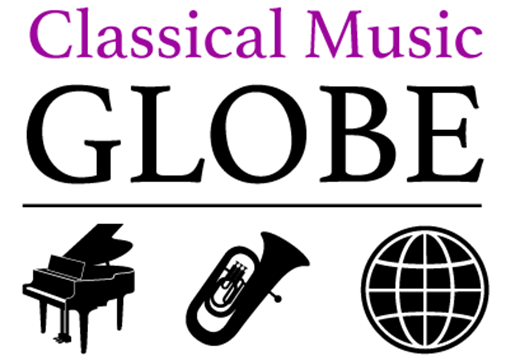50 Years Ago — Bob Dylan Releases Nashville Skyline
Zimmerman makes the country connection down in Music City USA

Bob Dylan has always been best at simply being Bob. That means, of course, no matter what he offers his unsuspecting public, the one connection it will have in common is the fact that he simply follows whatever whim lures him at the time. That can, of course, lead him to follow some unfortunate instincts, a tack which would eventually surface in an album of classic covers and later, a series of efforts entirely devoted solely to standards.
That said, nothing could prepare an unsuspecting public for the album released on April 9, 1969, a collection of country songs titled somewhat succinctly Nashville Skyline. It was, simply put, a collection entirely out of sync with anything he had done before, and for many people it caused far more consternation than his decision to go electric five years before.
Of course, Dylan had dropped hints of his impending transition prior to its release. The album many acknowledge as his masterpiece, Blonde on Blonde, was recorded in Nashville with a legion of that city’s session talent. Its follow-up, and Nashville Skyline’s immediate predecessor, John Wesley Harding, was also a product of that city’s musical environs, although its stark setting betrayed no hint of the contributions made by a handful of its musical elite.
Indeed, two years had passed since that previous outing, and after rumors of his near demise following a motorcycle accident in Woodstock, and a handful of songs recorded with the Band in that famous basement of the house dubbed “Big Pink” and later leaked out via bootlegs, expectations ran high that Dylan would be back in force with his insurgent attitude fully ignited.
Of course, that owed as much to hope as it did to happenstance. A war was waging in Southeast Asia, American boys were being killed by the tens of thousands, the Civil Rights movement had turned violent, and America’s greatest leaders — Martin Luther King Jr. and Bobby Kennedy — had been slain the year before, dashing the optimism of those who hoped they could lead the nation out of its abyss.
Dylan, the great prophet of the early sixties, the man who wrote anthems voicing the need for change and rallying cries encouraging young people to take the helm and shake society by its roots, was needed more than ever. And yet, he was nowhere to be found.

Nashville Skyline quickly dispelled the notion that Dylan was ready to reassume his role as a pied piper of the nation’s disenfranchised youth. A beaming, bearded Bob, hat in one hand, acoustic guitar in the other, his hair cropped shockingly short, greeted the masses, warning that whatever lie inside the sleeve would be entirely the opposite of what was expected. The opening track, a redo of his classic composition “Girl from the North Country,” a song that originally graced his second album, 1963’s The Freewheelin’ Bob Dylan, was sung in ragged harmony with the acknowledged king of country music, Johnny Cash. (Little did anyone know, Cash was a irreverent rebel himself.) The songs that followed — “To Be Alone With You,” “I Threw It All Away,” “Tonight I’ll Be Staying Here With You,” and “Lay, Lady, Lay,” the song that inexplicably brought him to the American top ten — found their author singing in a classic country croon, the result, he said, of his temporary abstinence from cigarettes. Yet, as usual, the accompaniment was spot on, with a revered crop of sidemen — guitarist Norman Blake, drummer Kenny Buttrey, bassist Charlie Daniels, harp player Charlie McCoy, and pedal steel guitarist Pete Drake, among them — ensuring impeccable arrangements and a first class production from first notes to last.
In retrospect, Nashville Skyline still stands out as an anomaly in the Dylan catalog, unlike any effort before or since. Those that found it odd or incomprehensible would have to wade through a follow-up, the awkward covers collection Self Portrait, before landing on another Dylan disc worthy of their cheers — that being New Morning, released a full year and a half later.
Half a century on, Nashville Skyline has earned the respectability it might have lacked early on. A key component in the country-rock crossover — as much so as Sweetheart of the Rodeo, Will the Circle Be Unbroken, early albums by Poco, the Flying Burrito Brothers or even the Everly Brothers for that matter, it became an important foreboding of the Americana movement that took hold a couple of decades later. Having evolved from folk music mainstay to rock and roll rebel, Dylan had simply transitioned once more. It’s a credit to his credence that Nashville Skyline is now considered one of his most credible accomplishments all these decades later.




